For about six years, until 2016, Jeff Ambrose worked at the Colorado Railroad Museum in Golden, Colorado, first as a volunteer and then as Restoration Manager responsible for the restoration and upkeep of all the museum’s rolling stock and its roundhouse. Over the years he was assisted by around 65 volunteers. They included his A-Team, the “Tuesday Group,” some 10 volunteers who came weekly to help Jeff with a variety of projects. In 2016, Jeff left the museum. For the Tuesday Group it was the end of an era, one they were all reluctant to leave behind. Eric Robison, Jeff Ambrose, Jim Curtis, and Rick DeWitt (from left to right) glue up the second lower chine block. In the background, under a blue tarp, is a Night Heron kayak, which Jeff was also building at the time.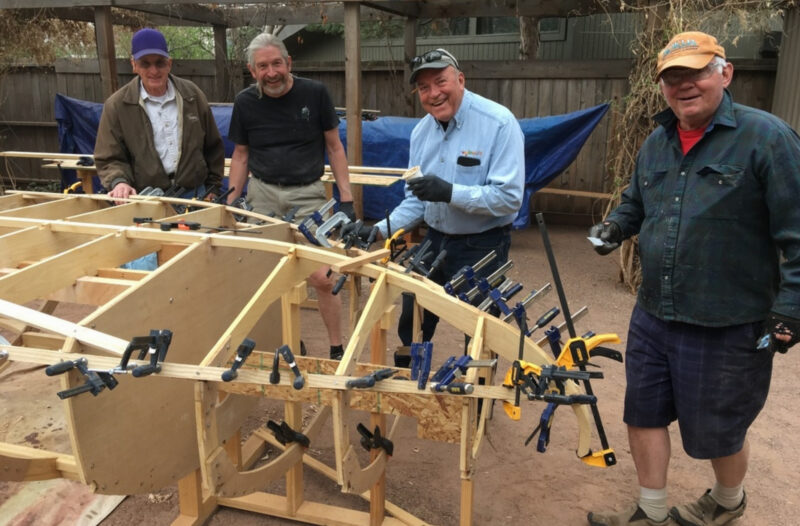 Rick DeWitt
Rick DeWitt
Join The Conversation
We welcome your comments about this article. If you’d like to include a photo or a video with your comment, please email the file or link.
Comments (2)
Leave a Reply
Stay On Course

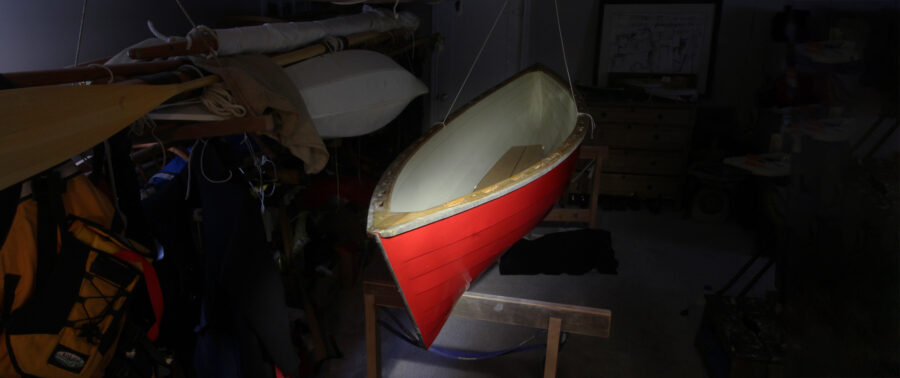
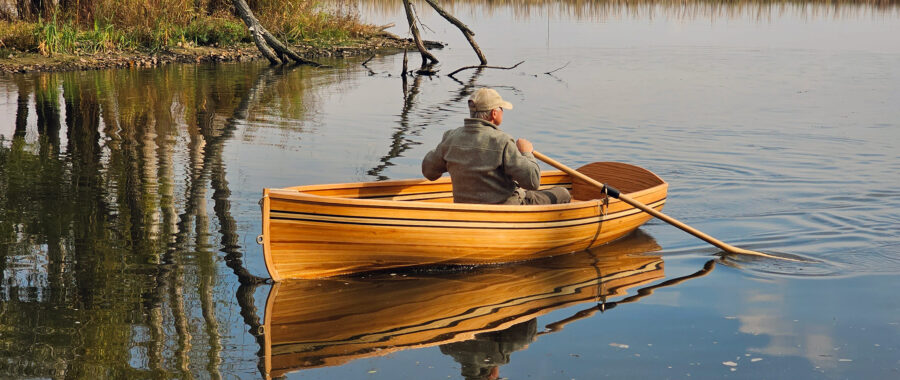
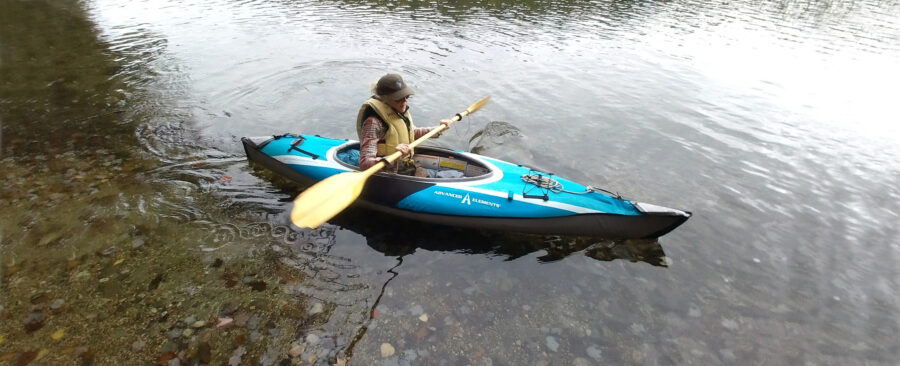
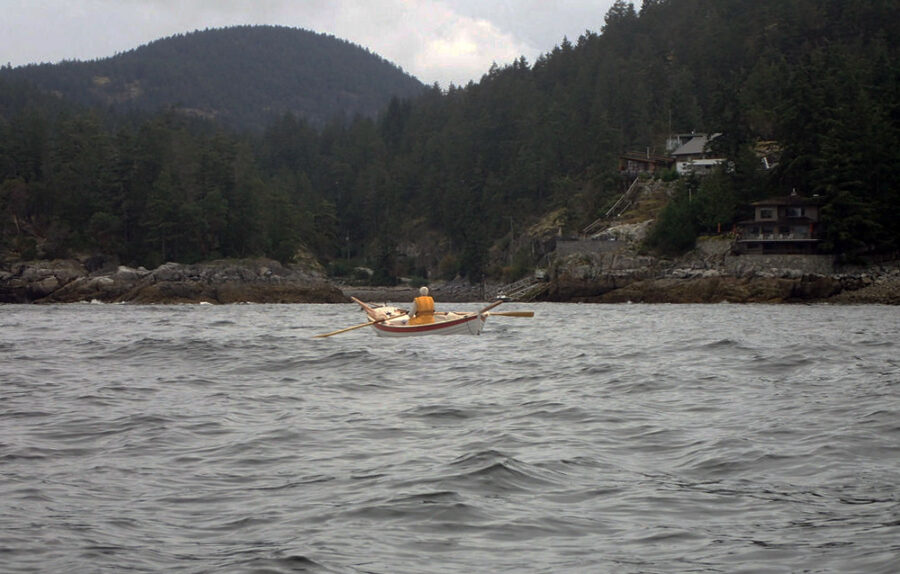
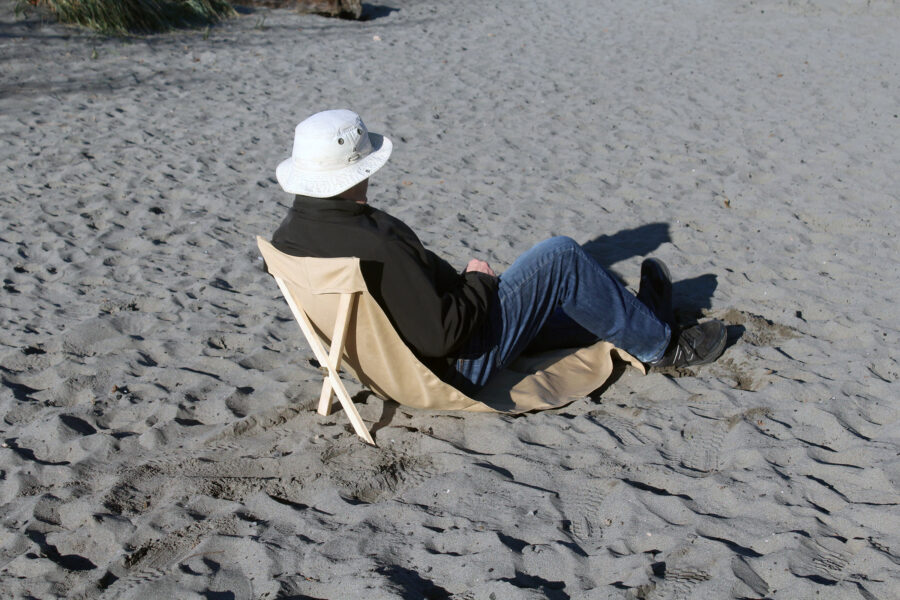
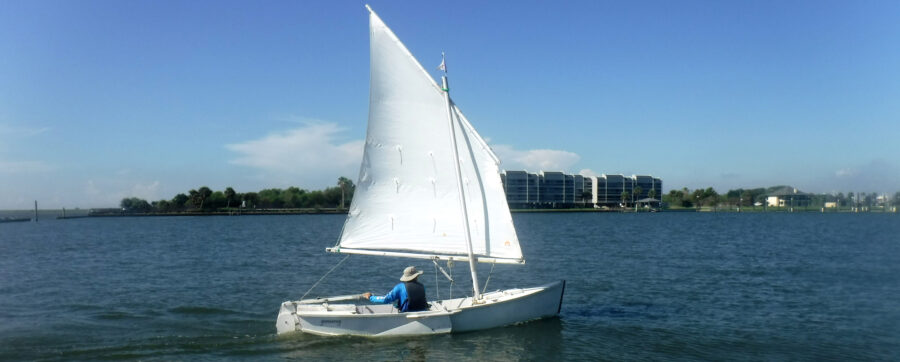
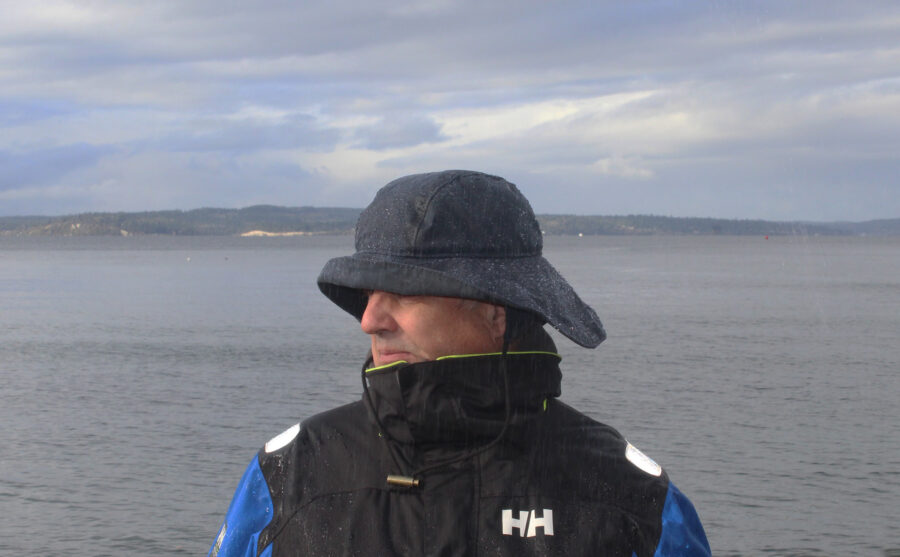
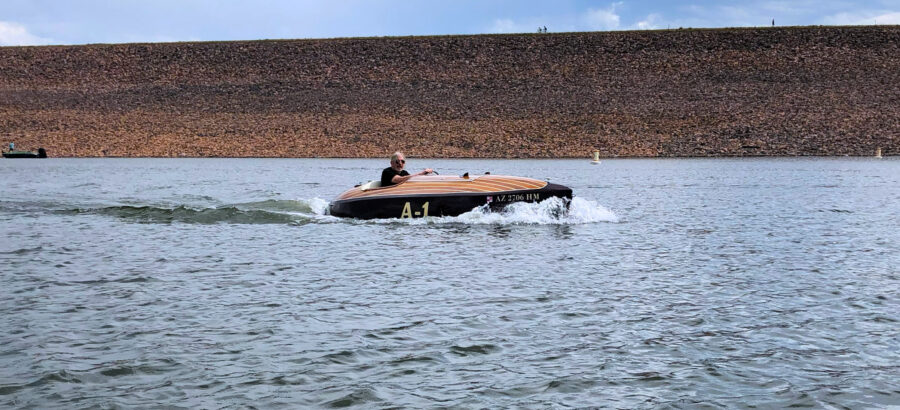
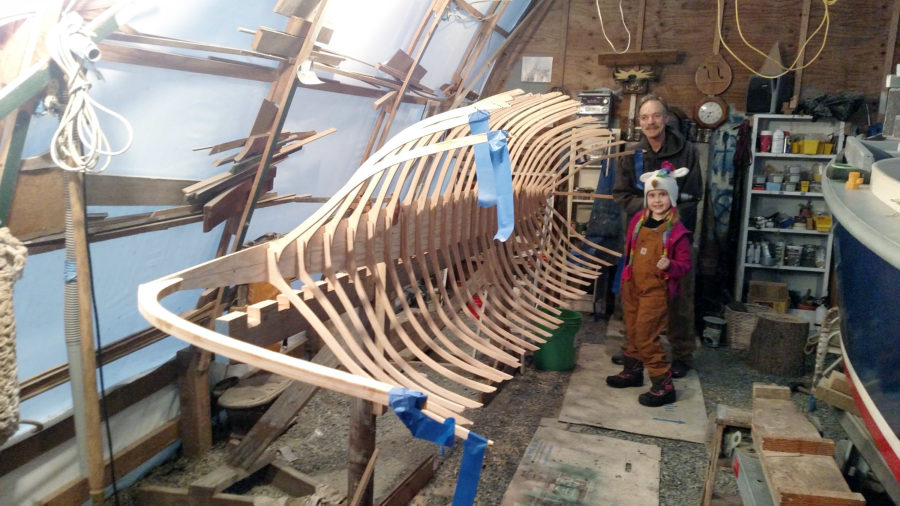
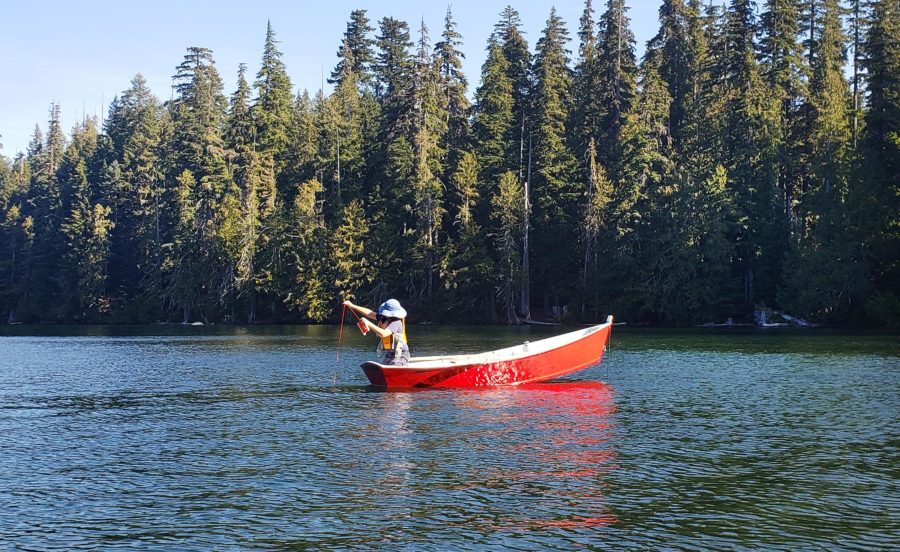

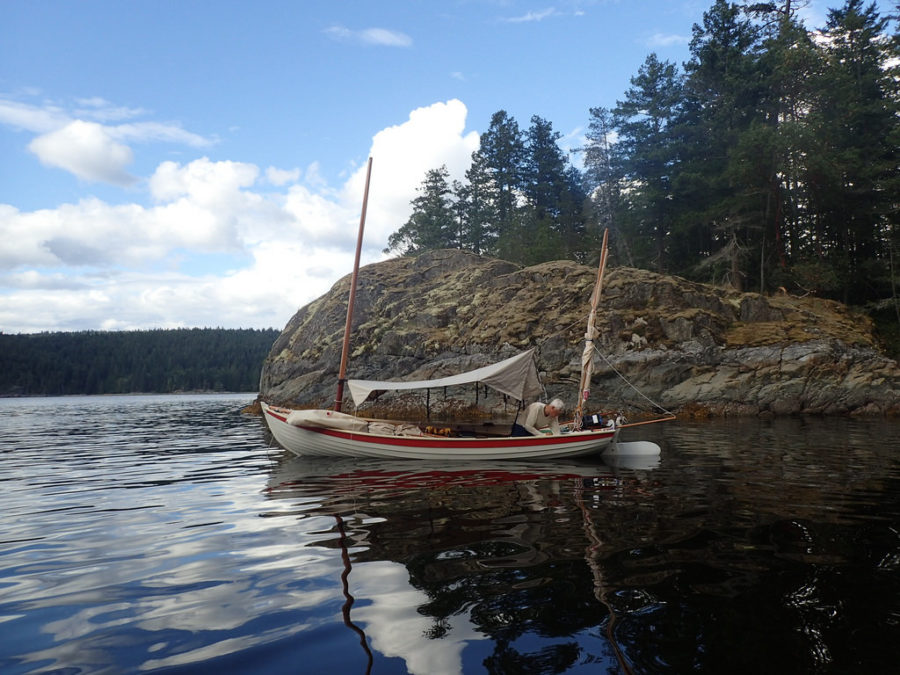
So glad to see something that beautiful out on Chatfield! Well done. That was the first place I set foot on a boat and now I’ve had a career in the maritime industry for almost a decade. I recognized the dam(n) wall at the header immediately!
Well done on a beautiful craft.
I’m a month late reading this great article. A great project!
With so many lookalike boats around, it is a nice change to see something less usual and I’m sure you get lots of looks and compliments.
Wunderbar!!